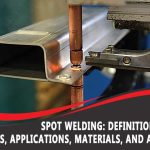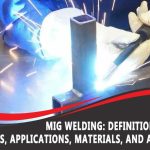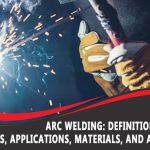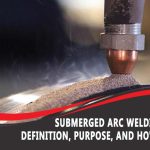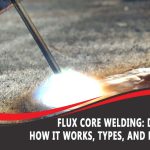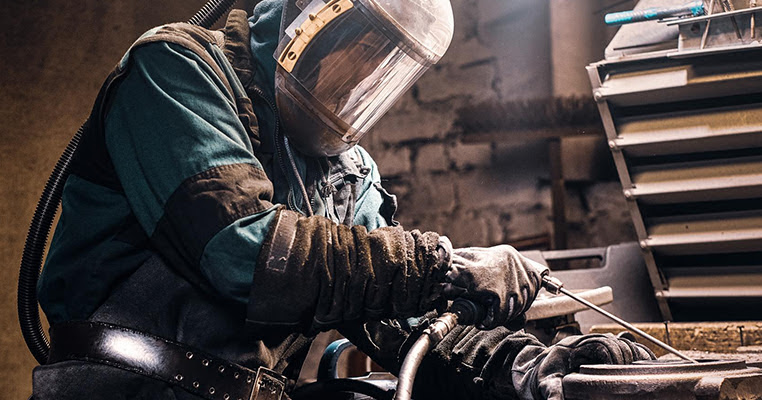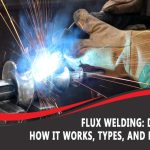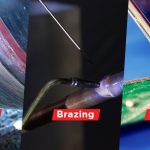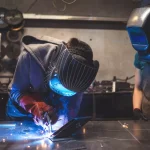Cast metals have a lot of benefits over more common versions of those same metals. Cast iron has better thermal conductivity than standard iron. Cast steel is stronger than mild steel. The secret – increased carbon content – increases durability and changes the material properties of the metal, but it comes with a cost. Cast metals are wear-resistant, strong, and easy to produce. As a trade-off, they’re more brittle, and when they break, they crack and fracture, rather than bending or warping. This also makes them much harder to repair via welding, and it’s generally very difficult to weld a piece of cast metal, either to another piece of cast metal or to another kind of metal entirely.
Cast Iron, Cast Steel & More
Welding Town
Difficult, but not impossible!
Welding cast metals is one of the more significant challenges that a welding operator is likely to face in their career. It’s difficult enough that simply applying your normal techniques and hoping to wing it on the fly is going to leave you with a worse mess than where you started.
So, how can you weld cast metals? What considerations do you need to keep in mind? Let’s talk about it.
Step 1: Understand the Challenge of Welding Cast Metals
The first step to properly welding cast iron, cast steel, or other cast metals, is understanding the unique challenges you’ll have to overcome.
For cast iron, the most common kind of cast metal you’ll be welding, your primary challenge is the carbon content of the metal. Cast iron is generally somewhere between 2% and 4% carbon. This might not seem like much, but it’s nearly 10x the carbon content of a typical steel.
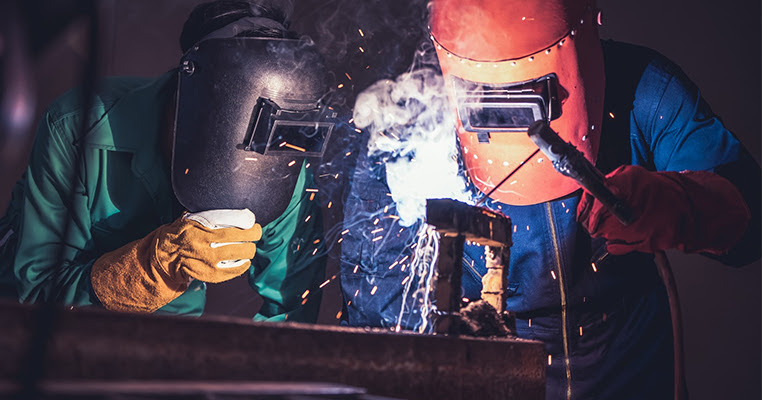
Carbon doesn’t melt the way iron does when heat is applied. When you melt the iron of a workpiece to weld it, bits of carbon can be freed from the metallic structure and migrate to the weld pool or the surrounding heat affected zone. These carbon inclusions cause an increase in brittleness of the area, and as with any inclusion, makes it prone to cracking as it cools or when placed under stress later. Since that same stress is often what caused the issue in the first place (at least as far as repair welds go), this is a serious flaw.
Cast iron and, more particular, cast steel tend to also have a variety of other elements baked into its chemical composition. These added elements, like manganese, silicon, chromium, nickel, copper molybdenum, sulfur, and phosphorus, can all impact the quality of a weld and can lead to cracking.
How do you avoid these challenges? It’s all in the process.
Step 2: Pick the Right Welding Process
As you well know, there are a variety of different welding processes, with different attributes and modes of operation. Which one is best suited to welding cast metal?
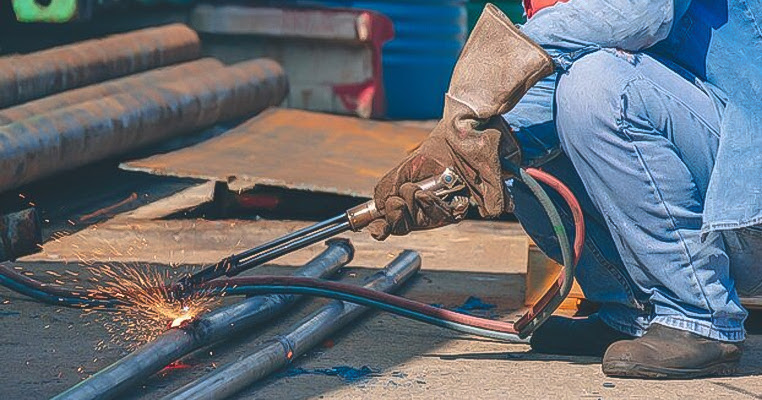
There are a couple of options.
- Stick welding. Stick welding is often considered the crude and less refined kind of welding process, but it’s actually the best kind of arc welding process for cast metals. By using a graphite-rich flux welding rod, you can bind the excess carbon and minimize the carbon migration in the workpiece.
- Gas welding. Using an oxy-acetylene or other air-fuel torch, you apply heat directly rather than using an arc of electricity. This is a slower application of heat, and a lower temperature, so the risks of carbon migration are minimized. However, this is a slow process and, if the workpiece is large, can be extremely time-consuming and tedious to perform.
Other processes have a harder time with cast metal. MIG can work if you have specific cast-designed flux cored wire, but since each cast workpiece will need a unique treatment, the benefit of MIG – repeatability – is lost.
TIG, similarly, is not a great process for cast metals. The open arc with little control does not give you the opportunity to mitigate carbon migration. It can, if you’re very skilled, very careful, and a little lucky, be effective, but there’s no real reason to adopt the challenge over using a more reliable and useful process.
Another option is braze welding. Braze welding can be used for cast iron, with minimal impact to the base materials, but it provides a weaker weld than a true weld. Brazing has more in common with adhering pieces together using glue than it does a weld. Your filler material adheres to the sides of the workpiece and holds them together. This is generally more suitable for low-stress repairs and cosmetic repairs than it is for strength repairs.
Step 3: Identify the Alloy
The next most important step – and one done in conjunction with picking the process – is identifying the alloy of iron or steel that you’re working with. Not all cast irons or cast steels are created equal, after all. Even using the right process, if you don’t handle it properly for the kind of alloy, you can still end up with cracking.
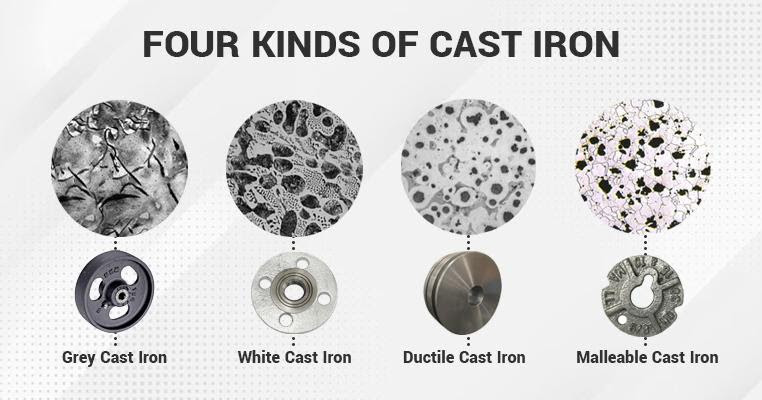
Gray Cast Iron is the most common type of cast iron. It’s iron with a significant 2.5-4% carbon, along with manganese and silicon in an alloy. Typically, the iron is chemically a pearlite crystalline structure or a ferrite structure, with graphite flakes. During welding, the flakes can precipitate into high-carbon martensite, which causes problems in the weld.
Nodular Iron, also known as ductile iron, is a form of cast iron similar in composition to gray cast iron. The impurity levels are lower than gray and, because the graphic is contained as spheroids within the matrix of molecules, it’s easier to weld without inclusions.
White Cast Iron has no graphite; instead, it contains carbon in the form of carbides. This form of cast iron is brittle at a microstructure level, making it essentially impossible to weld.
There are a variety of different ways to identify the alloy you’re working with. The most reliable is to check the original specifications of the part you’re working in, which may or may not require some detective work. You can use a simple visual inspection of the area of the break, or grind some to see what color it is, though color can be somewhat deceptive. There’s also a grind/spark test, where if the material sparks bright yellow, it’s cast steel, and otherwise is iron.
If you have no way of knowing and no reliable tests, there are also metallurgical tests that can be done, but these require specialized equipment and often a laboratory setting rather than a workshop to pull off.
Step 4: Pick the Welding Rod
The welding rod you use makes a big difference in how effectively you can weld cast iron and cast steel. In general, you have three options.
Steel Rods are the cheapest option. Steel produces hard welds that require finishing, but they can be ideal for color matching and in cases where expense is an option. They lack the benefits of nickel rods, but they’re easier to keep on hand and more tolerant of faults in preparation.
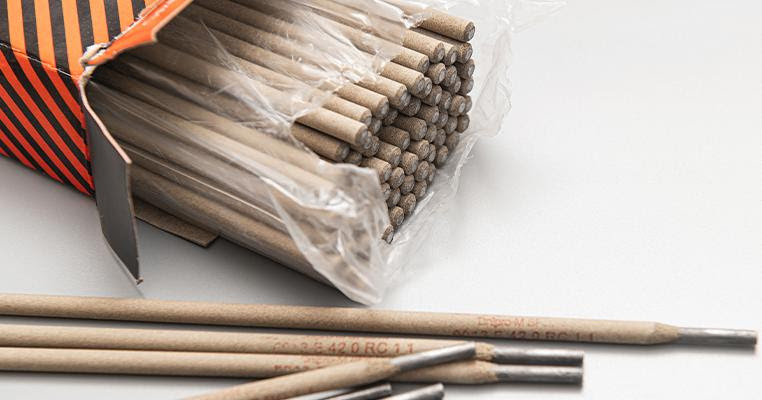
55% Nickel Rods are a good middle of the road option. They’re more expensive than steel rods, but they are machinable and can be used for repairs on thick materials. They don’t expand much in the welding process, so they are less likely to cause fractures when the weld is performed. These are also the idea rod for joining steel and cast iron.
99% Nickel Rods are the most expensive option, but generally provide the most consistent results for the least amount of effort, comparatively. The welds these rods produce can be machined, and the weld deposit they leave is soft and malleable. These should be your go-to if you can afford to have them on hand, for most cast metal welding purposes.
Step 5: Clean the Metal Surface
Cast metals, cast iron in particular, are notoriously vulnerable to oxidation and rust. As such, most cast iron parts are coated with something, whether it’s the seasoning of a cast iron pan, an oil or grease for a working piece, or even an enamel or other coating. Any and all of these coatings are a significant risk to the weld you’re trying to make, and need to be removed.
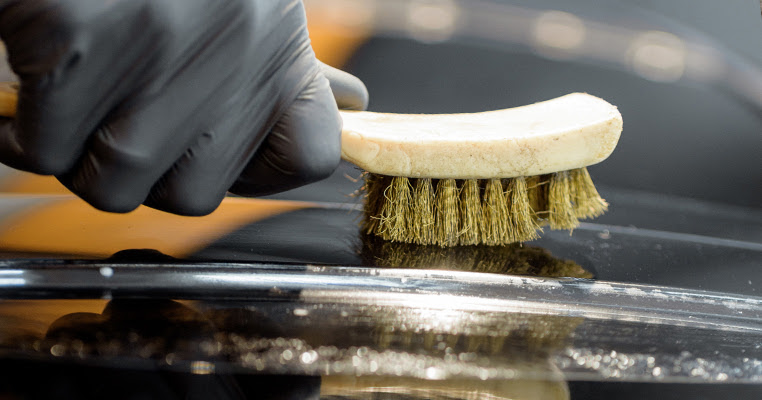
Any surface you’re going to be welding with cast metal needs to be cleaned to remove paint, oil, grease, or any other foreign materials that could be burned, melted, or otherwise added to the weld pool as an inclusion.
Fortunately, the cleaning process is typically simple and just requires grinding. You can test the cleanliness of a part of a workpiece by performing a quick weld pass; if there are impurities in the deposit, the weld will be porous and weak.
Step 6: Preheat the Cast Metal
Preheating is an incredibly important step for ensuring that your cast metal doesn’t crack when you weld it. Thermal differentials cause many problems. There are different schools of thought on how and what temperature to preheat an item. Preheating can be handled in different ways, including through a torch, an oven, or an induction system. Smaller parts are easier to fit into ovens for even heating, for example, but induction systems are faster and do not get hot themselves.
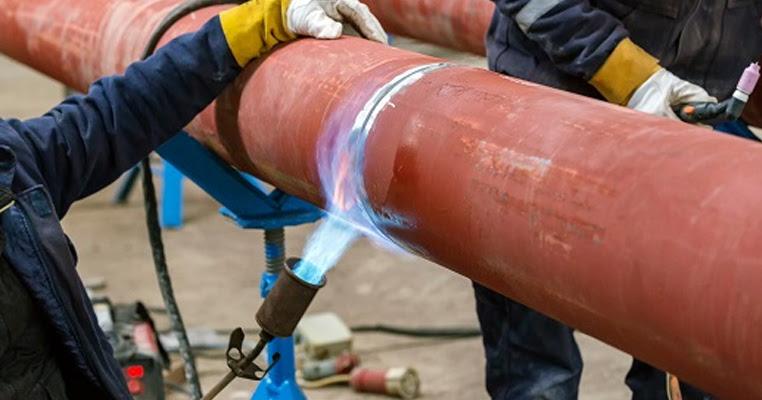
The target temperature also depends on the size of the weld, the thickness of the pieces, the type of alloy, and the process you’re using. Generally, though, you want to keep a cast metal piece under 1400 degrees F; preheating is usually done to somewhere between 500 and 1200 degrees.
Step 7: Weld
The final step is to perform the weld. This, of course, depends on the process you’ve chosen and your skills at performing that process.
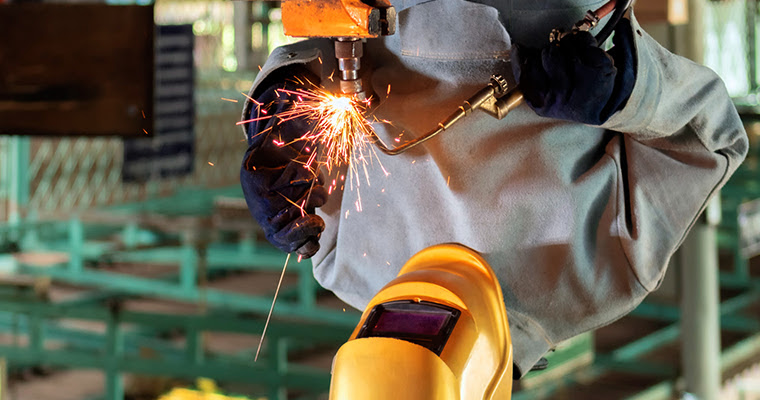
If you’ve laid the proper groundwork, your weld should go off without a hitch, and you will be left with a strong joint free of cracks or inclusions.
Considerations for Welding Cast Steel
Cast steel is generally less tricky than cast iron. There are, however, some specific considerations worth mentioning.
When preheating, make sure you’re heating the work surface evenly. Cast steel is more susceptible to a temperature differential, and overheating thinner areas can make a whole piece look properly heated, when thicker portions are still too cool and at risk of cracking.
It can be beneficial to tack weld frequently across the length of your weld before finishing it up. This minimizes the possibility of distortions from the heat.
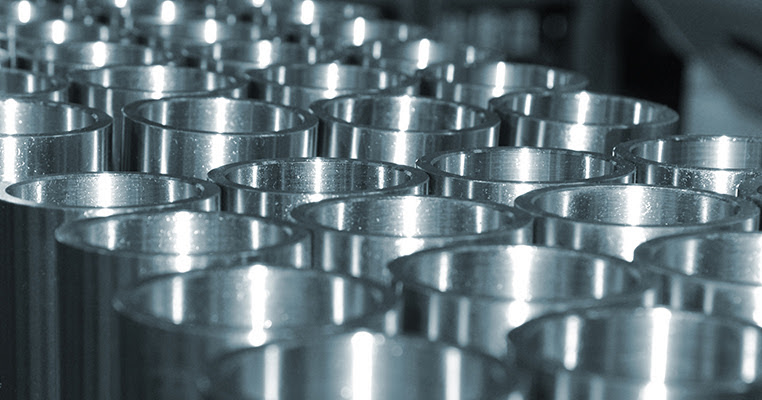
In general, you want to move fast, use a low amperage, and use a single pass or as few passes as possible. The longer you take, the more your heat differential will grow, and the more you risk carbon migration and cracking.
It’s also recommended to drill at both ends of any crack you’re repairing, to prevent it from expanding past the point where it previously ended.
Considerations for Welding Thick Cast Iron
Cast iron can be produced in very thick components, but these thick components are extremely difficult to properly weld. For thicker pieces, the opposite of many of the tips for steel apply; you want to move slow and steady across the length of a crack or work surface.
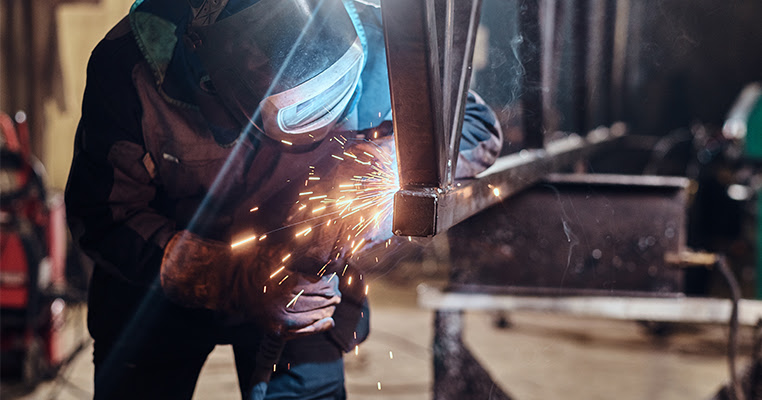
In all cases, try to keep your weld warm and cool it slowly. The faster the temperature changes, the more risk you have of cracking. Using your preheating equipment to keep an item warm while it cools can be very helpful.
Use the Right Equipment
There are several vital components necessary for successful cast metal welding. At Red-d-Arc, we provide rental equipment that can help serve all of those purposes. Whether you need a preheating device, a stick welder, or another machine, we have what you need. You can rent it for one-off jobs, or maintain a rented machine for long-term use. You can also try out different machines for a lower cost than you would if you were to buy them, only to find you don’t like them.


